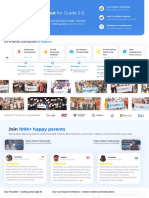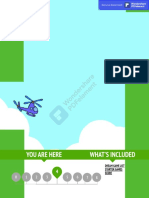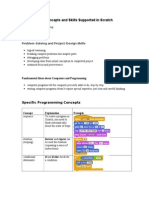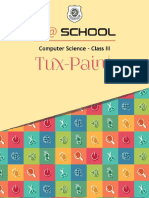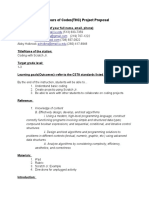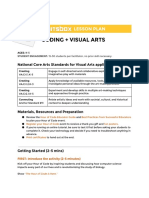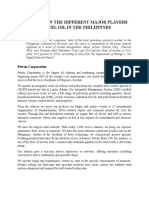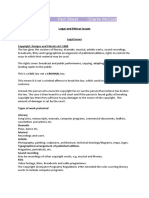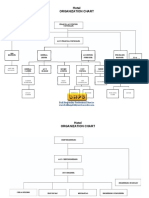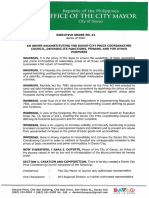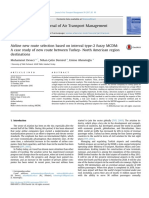0% found this document useful (0 votes)
340 views2 pagesScratch Coding for Young Learners
In this Scratch coding lesson, elementary students learn to code by following creative prompts to make interactive projects. Using Scratch, they create animations, games, or stories based on given challenges, such as making a character dance or creating a simple game. This hands-on activity introduces them to basic programming concepts like loops, conditionals, and variables. More Info and Resources at: https://sites.google.com/view/stem-camp-lessons-for-all/scratch-coding
Uploaded by
Annabel LeeCopyright
© © All Rights Reserved
We take content rights seriously. If you suspect this is your content, claim it here.
Available Formats
Download as PDF, TXT or read online on Scribd
0% found this document useful (0 votes)
340 views2 pagesScratch Coding for Young Learners
In this Scratch coding lesson, elementary students learn to code by following creative prompts to make interactive projects. Using Scratch, they create animations, games, or stories based on given challenges, such as making a character dance or creating a simple game. This hands-on activity introduces them to basic programming concepts like loops, conditionals, and variables. More Info and Resources at: https://sites.google.com/view/stem-camp-lessons-for-all/scratch-coding
Uploaded by
Annabel LeeCopyright
© © All Rights Reserved
We take content rights seriously. If you suspect this is your content, claim it here.
Available Formats
Download as PDF, TXT or read online on Scribd
/ 2






















